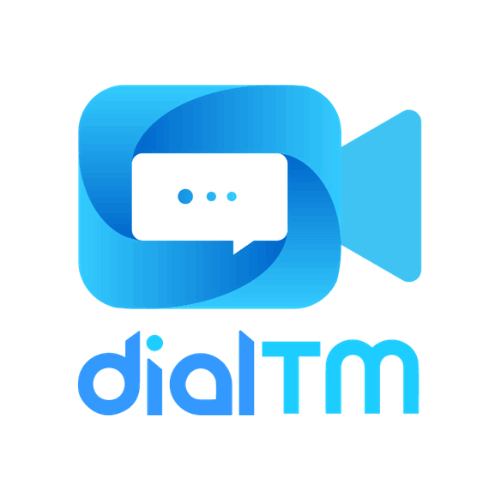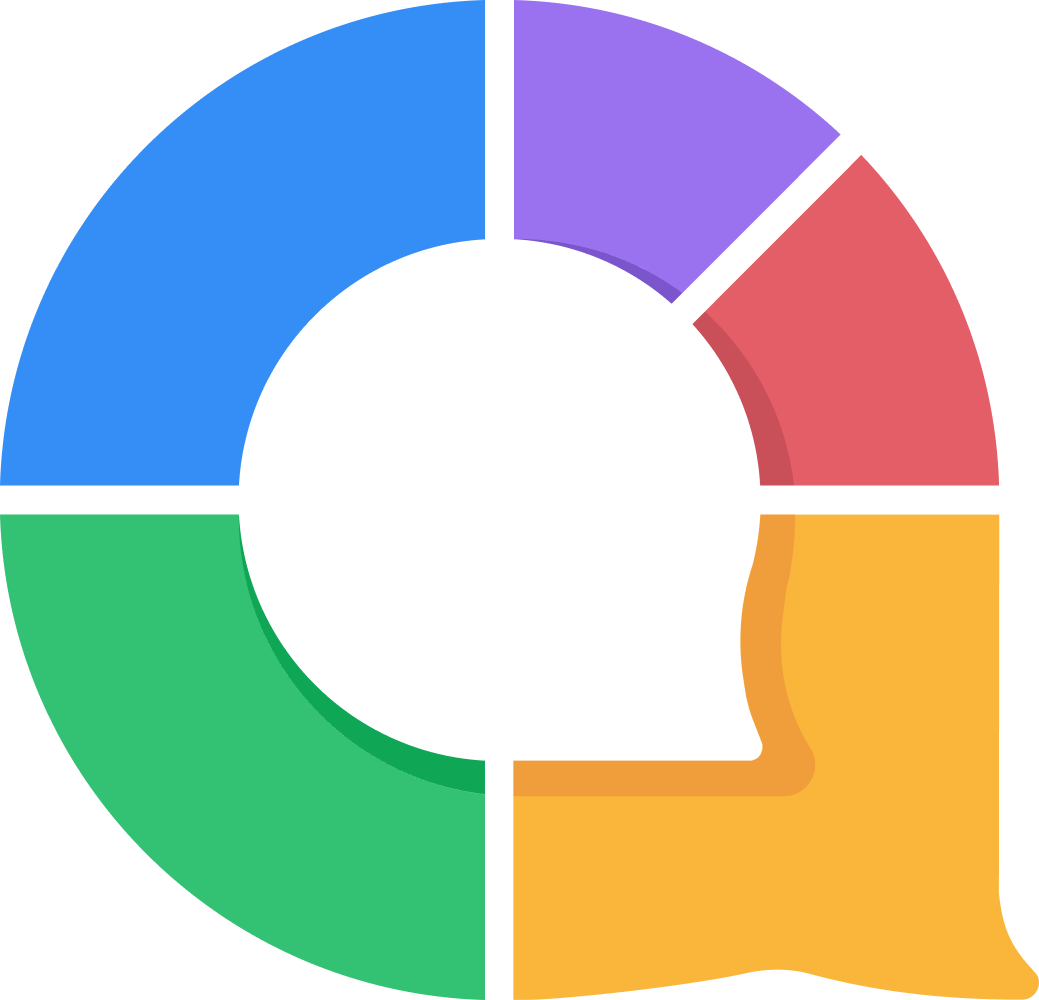What Is Interactive Teaching Software?
Interactive teaching software is an effective tool for improving traditional learning methods and engaging students in an interactive and immersive learning experience. It is a sort of software that uses technology to help and support the teaching and learning processes. Its primary aim is to provide a dynamic and interactive platform on which educators may build and deliver interesting and interactive lessons tailored to their students' specific needs and learning styles.
One of the most important advantages of interactive teaching software is its capacity to make learning more interactive and engaging by adding multimedia components like movies, photos, animations, and audio files. This results in a more visual and dynamic learning environment, making it easier for pupils to grasp complicated concepts and remember information.
Another significant feature of interactive teaching software is its adaptability to various subject areas and educational approaches. It provides a wide range of tools and resources that may be tailored to the unique needs and objectives of each class and subject. This enables educators to address their students' particular learning needs, resulting in a more personalized and successful learning experience.
Furthermore, interactive teaching software offers real-time feedback and evaluation functions, allowing educators to monitor students' progress and identify areas where they may want additional assistance. This data-driven approach allows instructors to personalize their teaching tactics and curricula to guarantee that every student achieves their maximum potential. In addition to improving the learning experience, interactive teaching software provides a variety of administrative capabilities for lesson preparation, grading, and reporting. This saves educators significant time and allows them to focus on what they do best: teach.
What Are The Recent Trends In Interactive Teaching Software?
In recent years, there has been a significant shift toward incorporating technology into the classroom, resulting in an increase in the popularity of interactive teaching software. This type of software allows teachers to provide their students with a more interactive and hands-on learning experience. Gamification is a recent trend in interactive educational software.
This includes introducing game-like elements such as points, levels, and awards to make learning more interesting and exciting for students. This strategy has caught on because it encourages student attention and participation in the classroom. Another trend is the introduction of augmented and virtual reality (AR/VR) into interactive instructional software.
AR and VR technologies offer immersive experiences that assist students in learning complex topics by allowing them to interact with virtual objects in a three-dimensional environment. This method has been particularly useful in subjects such as physics and history, where students can study and illustrate abstract ideas. Adaptive learning is another emerging topic in interactive educational software.
This feature uses artificial intelligence to personalize the learning experience for each student based on their individual needs and learning styles. It tracks their progress and adjusts the information accordingly, making it more valuable and efficient for the students. Furthermore, interactive teaching software is now seamlessly integrated with learning management systems (LMS).
This allows for a more streamlined and comprehensive teaching style, as teachers can manage their courses, assignments, and assessments all in one place. It also provides real-time data and analytics, which enable teachers to track their students' progress and identify areas for improvement. Finally, there has been a rise in the availability of interactive instructional software that works across multiple platforms, such as tablets, laptops, and smartphones. This allows for a more flexible and mobile learning experience, since students can access the program from anywhere, at any time.
Benefits Of Using Interactive Teaching Software
Interactive teaching software is quickly becoming an essential tool for educators in modern classrooms. These software packages blend active learning principles with technology to provide an engaging and immersive educational experience.
We'll look at the several benefits of adopting interactive teaching software and why it's a good investment for instructors.
1. Increased Student Engagement: Interactive teaching software uses multimedia elements such as films, animations, and games to make the learning experience more entertaining and interactive for students. This element of fun and involvement helps students stay engaged and motivated, resulting in better learning outcomes.
2. Personalized Learning: One of the distinguishing advantages of interactive teaching software is its ability to accommodate different learning styles and speeds. Students can study at their own pace using a range of interactive games and exercises, including visuals, audio, and hands-on activities. This individualized learning strategy ensures that each student comprehends the topics completely.
3. Active Learning Environment: Interactive teaching software encourages active learning, in which students actively participate in the learning process rather than passively attending lectures. This method promotes a more in-depth comprehension of the subject matter and fosters critical thinking abilities.
4. Real-Time Feedback: Many interactive educational software solutions provide students with immediate feedback as they complete tasks or tests. This rapid feedback enables students to recognize their strengths and limitations, allowing them to focus on areas for improvement.
5. Accessible Anytime, Anywhere: With the advent of remote and hybrid learning, the ability to access interactive instructional software from any device at any time has become critical. Students can continue to learn outside of the classroom, and teachers can design and assign activities and exams without constraint.
6. Cost-Effective: Investing in interactive teaching software might be an affordable long-term solution for schools and educational organizations. Instead of purchasing textbooks and other materials that can rapidly become out of date, interactive teaching software offers updated and interactive learning materials at a fraction of the cost.
7. Data-Driven Insights: Many interactive education software systems include built-in analytics that provide useful information about students' progress and performance. These insights allow instructors to customize their teaching techniques and discover areas for growth in student learning.
Important Factors To Consider While Purchasing Interactive Teaching Software?
When contemplating purchasing interactive teaching software, it is critical to evaluate a few key factors to ensure that you are making the greatest option for your requirements.
These considerations include the software's compatibility, functionality, usability, support choices, and price.
1. Compatibility: One of the first considerations is if the program is compatible with your present technology and systems. Check the operating system requirements and hardware specs to make sure the program works with your devices. This will save you time and irritation in the long run, as well as prevent technical complications.
2. Features: Next, consider the specific features that are necessary for your instructional requirements. Do you require a robust evaluation tool, engaging games, or lesson planning capabilities? Create a list of key features and prioritize them for comparison with other software solutions. Some software may provide additional functions that you do not require, so focus on what is essential for your teaching objectives.
3. Usability: Both you and your pupils should find the software straightforward to use. Look for straightforward interfaces and easy navigation to save time and prevent learning curves. Consider whether the program requires any training, and whether the provider provides any tools or support to help with the learning process.
4. Help Options: It is critical to have dependable help when utilizing any technology. Look for software vendors who offer technical support, training, and troubleshooting resources. It's also worth seeing whether they have a user community or knowledge base where you may seek assistance or inspiration from other instructors.
5. Cost: Finally, calculate the cost of the software and compare it to your budget. While it is critical to find a cost-effective solution, keep in mind that the lowest choice is not always the best. Consider the software's worth and potential return on investment, as well as any recurring fees or subscription charges.
What Are The Key Features To Look For In Interactive Teaching Software?
When picking the best interactive teaching software, it is critical to evaluate the major aspects that will improve the teaching and learning experience. These capabilities can have a significant impact on the software's usefulness and efficiency, so instructors should carefully consider their alternatives.
The following are the top features to look for in interactive teaching software.
1. User-Friendly Interface: Both teachers and students should find the software's interface straightforward and easy to operate. This saves time and shortens the learning curve for consumers, allowing them to focus on the content rather than the program.
2. Interactive Tools: The program should have a variety of interactive tools such as quizzes, polls, games, and simulations to make learning more interesting and pleasurable. These techniques can help students stay motivated and actively engaged in the lecture.
3. Modification Options: Choose software that enables for modification to meet the specific needs of the classroom. This can involve tailoring lesson plans, activities, and assessments to fit the curriculum and teaching style.
4. Multi-Platform Compatibility: With the growing use of technology in education, it is critical that the software is compatible with a variety of devices, including laptops, tablets, and smartphones. This will provide students and teachers with access at all times and from any location.
5. Assessment And Tracking Features: Good interactive teaching software should include built-in assessment and tracking capabilities to evaluate student progress and identify areas for development. This will allow teachers to modify their lessons and provide individualized support to students.
6. Multimedia Support: The program should handle a variety of media types, including videos, photos, and graphics, to allow for dynamic and visually engaging teaching. This can help pupils stay involved and improve their grasp of the subject topic.
7. Accessibility Features: Look at software that provides accessibility features for students with special needs. This may include solutions for visual and hearing impairments, dyslexia, and other learning challenges.
8. Collaboration Tools: Look for features that enable students to collaborate with their peers and complete projects or assignments in real time. This encourages teamwork and may improve the learning experience.
9. Technical Support: Choose software that provides dependable technical support in the event of any problems or concerns. This can take the shape of online documentation, tutorials, or a specialized support team that helps users. By taking these essential qualities into account, educators may make an informed selection when choosing interactive teaching software that will satisfy their teaching objectives while also providing an interesting learning experience for students.
Why Do Businesses Need Interactive Teaching Software?
Interactive teaching software is an innovative tool that is gaining popularity in today's ever-changing business environment. It offers businesses a flexible and engaging platform for training, educating, and informing their employees, customers, and stakeholders. One of the primary reasons why organizations require interactive teaching software is the desire for flexibility in training and education.
Traditional training techniques, such as in-person workshops or seminars, can be time-consuming and tedious because participants must be physically present at a set location. Businesses can use interactive teaching software to deliver training and education remotely, removing geographical restrictions and enabling convenience for learners. Furthermore, in today's fast-paced corporate climate, organizations must keep their personnel informed of the latest industry trends and advances.
Interactive teaching software provides a dynamic and interactive learning experience, making it easier for students to understand and remember material. Videos, animations, gamification, and quizzes enhance the learning experience and promote knowledge retention. Furthermore, organizations are constantly looking for methods to improve their training and educational programs.
Interactive teaching software allows businesses to measure learner progress and gain data-driven insights into the effectiveness of their training programs. This enables firms to make informed judgments about their training methods and make the required modifications to get better results. With the growing desire for individualized learning experiences, interactive teaching software enables organizations to tailor their training content to the unique demands of their employees.
This level of customization improves training efficacy by ensuring that each individual learns the knowledge and skills required to execute their job effectively. Finally, firms must remain competitive in their particular industry. Interactive teaching software enables them to do so by utilizing cutting-edge technology to improve their training and education programs. It also allows organizations to rapidly adapt to new technology, giving them a competitive advantage in the market.
How Much Time Is Required To Implement Interactive Teaching Software?
When considering deploying interactive teaching software, it's critical to understand the time commitment required for a smooth integration. The length of time required will vary based on the program used and the needs of your school or classroom. However, there are certain common aspects to consider. First, the installation process may take a day or two to configure the program on your devices and assure compatibility with your operating systems.
This may entail downloading the software, creating accounts, and configuring any required accounts and directories. Next, you'll need to spend some time getting to know the software and its features. Many interactive teaching software solutions provide training courses or tutorials to help teachers become acquainted with the platform, however this may take several hours or days depending on your schedule and learning style.
The most time-consuming aspect of adopting interactive instructional software is developing material. Depending on your teaching style and the needs of your students, this could take weeks or months. However, there are frequently pre-made templates and tutorials available to help speed up the process. It's critical to set aside enough time for content preparation to guarantee that the program is used properly in the classroom.
Finally, continuous maintenance and updates will take some time on a regular basis. This involves addressing any technological issues and staying current with new features and updates. The amount of time required for maintenance will be determined by the software's dependability and usability. When deploying interactive instructional software, make sure to allow enough time for installation, familiarization, content production, and maintenance. This will ensure a smooth transition while maximizing the benefits for both teachers and students.
What Is The Level Of Customization Available In Interactive Teaching Software?
When it comes to interactive teaching software, personalization is critical in improving the learning experience for both teachers and students. The level of customisation offered in various software systems varies substantially, so customers must understand their alternatives. One area of customisation to consider is the opportunity to insert your own content.
This includes building tailored lessons, quizzes, and activities with your own materials or from the software's resource catalog. Furthermore, some software allows you to customize the interface, allowing you to modify the platform's appearance and feel to your specific tastes. Another factor to consider is the capacity to modify the difficulty and pace of the lessons.
This is especially useful for individualized learning since it allows students with varying skills and learning styles to work at their own speed. The program may also include capabilities like adaptive learning, which modifies the curriculum based on the student's success. Some interactive education software allows you to customize communication and collaboration settings.
This could incorporate elements like discussion boards, interactive whiteboards, and group work options. These tools help boost student engagement and offer a more individualized learning environment. It is crucial to note that the level of customization offered will differ based on the software you select. While some may provide extensive customizing choices, others may have more limited capabilities.
It is critical to thoroughly investigate and demo several software options to verify they fit your specific customized requirements. Overall, the level of customisation offered in interactive teaching software has a significant impact on the tool's efficacy in the classroom. Understanding the possibilities and assessing your unique goals will allow you to select a software solution that is personalized to your teaching style and improves your students' learning experience.
Which Industries Can Benefit The Most From Interactive Teaching Software?
Interactive teaching software can be an effective tool in a range of industries, improving the learning experience for both students and teachers.
The following industries can gain the most from the use of interactive training software:
1. Education: Perhaps the most obvious business to gain from interactive instructional software is education. Whether in traditional classrooms, online courses, or blended learning environments, interactive software enables teachers to engage students in a more dynamic and participatory manner. This can result in greater knowledge retention, student participation, and overall learning results.
2. Corporate Training: Interactive teaching software is also useful in the business world, where training and development are critical to staying ahead in a competitive market. Companies can use interactive software to develop interesting and immersive training sessions for their staff, resulting in improved comprehension and retention of information.
3. Healthcare: Interactive teaching software can also be useful in the healthcare business, where understanding and remembering complex medical processes and terminology is crucial. Medical students and professionals can use interactive software to train and model surgeries, patient interactions, and other procedures, which improves performance and patient safety.
4. Government: Interactive education software can serve the government as well as other industries. This is especially effective for teaching staff in complicated or technical fields such as cybersecurity, legal procedures, and emergency response, where hands-on experience is essential.
5. Non-Profit And Community Organizations: can benefit from interactive education software. By designing engaging and interactive learning experiences, these organizations may better educate their employees, volunteers, and community members about vital topics and skills. In addition to these areas, interactive teaching software can benefit any business or institution that values innovative and engaging methods of learning and teaching. With its numerous applications, interactive teaching software may help a wide range of industries, making it an excellent investment for any firm trying to improve its educational efforts.
Conclusion
Finally, interactive teaching software provides numerous benefits to instructors, students, and schools alike. It enables engaging and dynamic learning experiences, tailored instruction, and better student outcomes. When deciding which interactive teaching software to purchase, you should carefully assess your individual needs and goals, as well as the features and capabilities of each alternative.
Platform compatibility, user interface, multimedia capabilities, assessment tools, and pricing are all key considerations. By thoroughly researching and comparing several solutions, you can select the ideal interactive teaching software to improve the learning experience in your classroom or institution. Interactive teaching software, which combines technology with education, is opening the way for a more inventive and successful approach to teaching and learning.





















